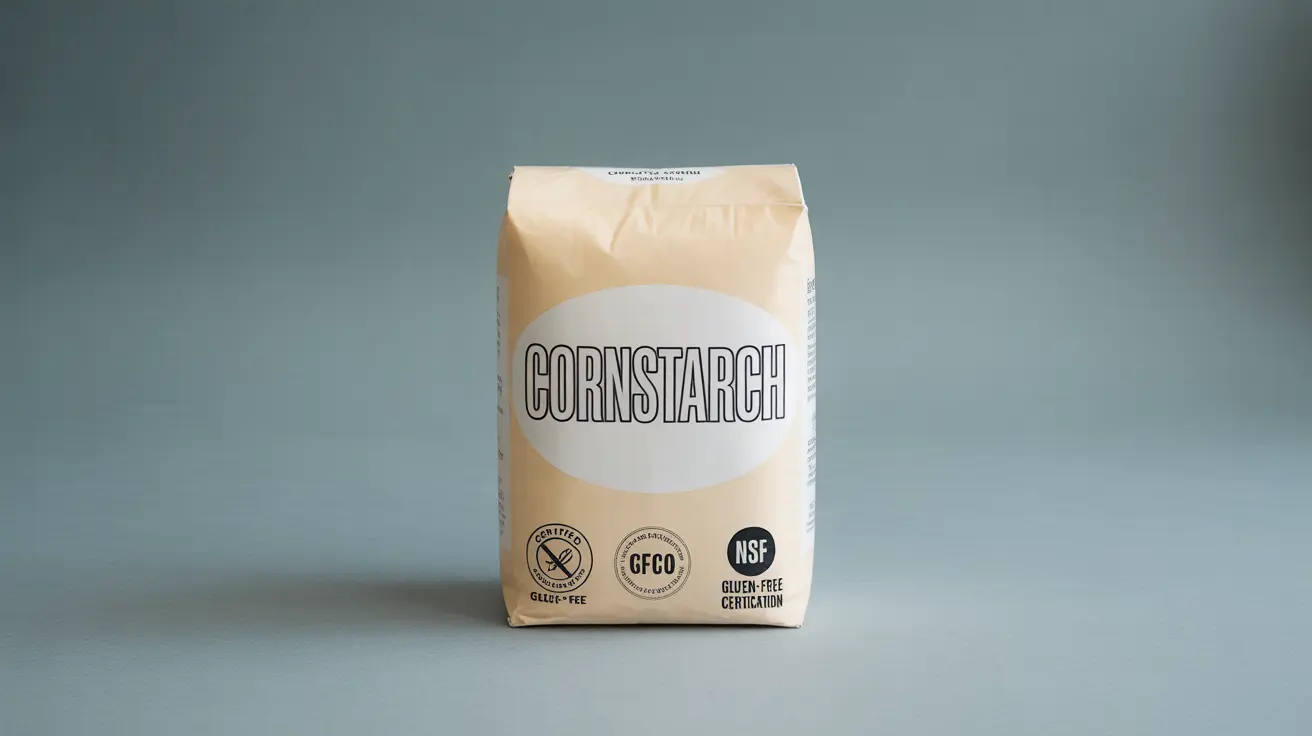For people following a gluten-free diet, whether due to celiac disease or gluten sensitivity, understanding which ingredients are safe to consume is crucial. Cornstarch is a common ingredient in many recipes and processed foods, making it essential to know its gluten status and potential risks.
In this comprehensive guide, we'll explore everything you need to know about cornstarch and gluten, including its natural composition, potential cross-contamination risks, and how to ensure you're choosing a safe product for your gluten-free lifestyle.
Understanding Cornstarch and Its Natural Composition
Cornstarch is derived purely from corn kernels, specifically the endosperm portion of the grain. In its natural state, cornstarch is entirely gluten-free, as corn is not one of the gluten-containing grains (wheat, barley, rye, and their derivatives). The manufacturing process involves extracting and processing only the starchy component of corn, resulting in a fine, white powder used for thickening and binding in cooking.
Cross-Contamination Concerns
While cornstarch is naturally gluten-free, cross-contamination can occur during manufacturing, packaging, or storage. This typically happens when the same facility processes both gluten-containing and gluten-free products, or when equipment is shared between different ingredients.
Common Sources of Cross-Contamination
Cross-contamination can occur in several ways:
- Shared manufacturing facilities
- Common processing equipment
- Storage containers or bins
- Transportation vehicles
- Packaging materials
Choosing Safe Cornstarch Products
To ensure your cornstarch is truly gluten-free, consider these important factors when purchasing:
Certification Labels to Look For
The most reliable way to ensure your cornstarch is gluten-free is to look for products with recognized certifications:
- Certified Gluten-Free symbol
- GFCO (Gluten-Free Certification Organization) certification
- NSF Gluten-Free certification
Reading Product Labels
Always check product labels carefully, paying attention to:
- "Gluten-free" claims
- Manufacturing facility statements
- Allergen warnings
- Cross-contamination notices
Alternative Thickening Agents
If you're concerned about cornstarch or need alternatives, several gluten-free options exist:
- Arrowroot powder
- Potato starch
- Tapioca starch
- Xanthan gum
- Rice flour
Frequently Asked Questions
Is cornstarch naturally gluten-free, and can people with celiac disease safely consume it?
Yes, cornstarch is naturally gluten-free as it's made purely from corn, which doesn't contain gluten. People with celiac disease can safely consume cornstarch, but should choose certified gluten-free products to avoid potential cross-contamination.
How can I tell if cornstarch has been cross-contaminated with gluten during manufacturing?
While you can't visually detect cross-contamination, you can check product labels for allergen warnings, manufacturing statements, and look for certified gluten-free labels. Choosing products from manufacturers dedicated to gluten-free production provides the highest safety assurance.
What certifications or labels should I look for to ensure cornstarch is gluten-free?
Look for trusted certifications such as the Certified Gluten-Free symbol, GFCO certification, or NSF Gluten-Free certification. These organizations regularly test products and inspect manufacturing facilities to ensure gluten-free standards are maintained.
Are there gluten-free alternatives to cornstarch for cooking and baking?
Yes, several gluten-free alternatives work well in place of cornstarch, including arrowroot powder, potato starch, tapioca starch, and xanthan gum. Each alternative may work differently in recipes, so you may need to adjust quantities accordingly.
Can corn or cornstarch cause gluten-like reactions in people with gluten sensitivity?
While corn and cornstarch don't contain gluten, some individuals may have separate sensitivities to corn products. These reactions are not related to gluten but rather to corn-specific proteins or compounds. If you experience symptoms, consult with a healthcare provider for proper diagnosis.




